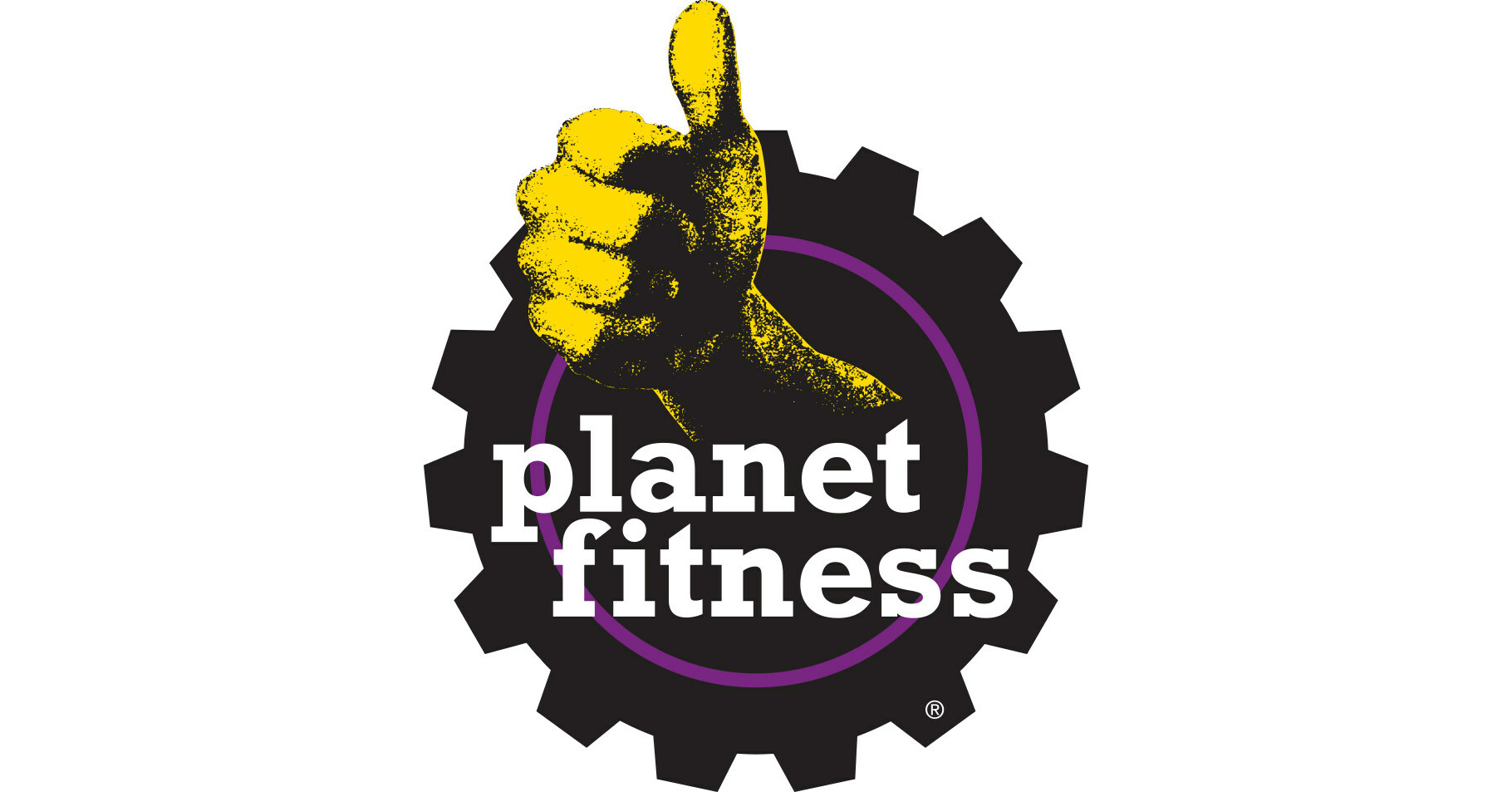Fitness
Cardiopulmonary fitness is key for helping breast cancer patients manage post-diagnosis symptoms, say researchers

Newly diagnosed breast cancer patients often experience such symptoms as fatigue, depression and poor sleep quality, even before treatments such as chemotherapy and radiation. However, recommendations for managing symptoms often overlook the period immediately after diagnosis and focus instead on symptoms that arise from cancer treatments.
“Breast cancer can begin to affect patients’ symptoms and quality of life even before they start those difficult treatments,” says Kerry Courneya, a professor in the Faculty of Kinesiology, Sport, and Recreation.
Courneya led a study examining the links between fitness level and patient-reported symptoms of fatigue, depression and poor sleep quality in patients within 90 days of diagnosis. Patients in the study had been through an initial surgery but hadn’t yet started additional treatments like chemotherapy, radiation or hormone therapy. Some 51.5% of study participants reported poor sleep quality, 26.5% experienced significant fatigue and 10.4% experienced moderate depression.
The research is published in the Journal of Sport and Health Science.
In addition to affecting patients during the period right after diagnosis, these symptoms can have a negative effect on treatment outcomes and survival rates, making them an essential factor to target in what Courneya refers to as “the cancer care continuum.”
“Patients have a long treatment trajectory ahead of them, and this can be very daunting for them. They may have high anxiety and fear of how these treatments are going to make them feel, so there are many challenges when you’re in that newly diagnosed time frame.”
The study examined health-related fitness in three key categories: cardiopulmonary fitness, maximum muscular strength and endurance, and body composition. Though many other studies use relatively simple evaluation methods, Courneya opted for the gold standard measure in each category to get a more accurate perspective on how to better manage the symptoms.
Peak cardiopulmonary fitness (called VO2 max) was measured using a gas exchange analysis rather than a simple treadmill test, while the standard hand grip dynamometer was swapped out for maximum strength chest and leg press tests to more accurately determine muscular strength and endurance.
And while most other studies looked at height, weight and body mass index to determine body composition, this recent study uses DEXA (dual X-ray absorptiometry) scans, a more precise approach that can measure everything from lean body mass (total body weight without including fat) to bone mineral content (a measure of bone health).
Patients with lower VO2 peak were more likely to report all three symptoms, so working on that particular fitness measure would be extremely beneficial for this patient population, says Courneya.
“Cardiopulmonary fitness is critical, and in this study we showed it’s those patients in the top third or quarter of fitness who had a lower risk.”
Researchers also found that patients with poorer upper-body strength were more likely to report significant fatigue, and patients with a higher body weight more often reported experiencing poor sleep quality.
Along with using more comprehensive fitness measures, Courneya’s study drew on data from more patients than is typical for such studies—1,458 who were involved in the Alberta Moving Beyond Breast Cancer (AMBER) cohort study.
“Nearly 1,500 breast cancer patients is a very large cohort, and these fitness measures are the gold standard,” says Courneya. “So we’re going to be able to look at a lot of questions that previous studies were not able to address.”
The findings from this study could help health-care practitioners create exercise programs tailored to each patient, targeting their most troublesome symptoms.
“We thought that having this comprehensive assessment of fitness could help us identify the type, amount and intensity of exercise optimal to treat a given symptom,” says Courneya.
Courneya and his collaborators will track this particular cohort through all stages in the cancer care continuum. They plan to follow this paper with additional studies assessing the patients at one, three and five years following diagnosis. Next, they intend to see what impact the cohort’s fitness level has on the treatment period.
“We found in previous studies that patients who are fitter and stronger when they start these treatments are more likely to complete their chemotherapy and get through their treatments on time,” explains Courneya.
Courneya says patients often won’t have much time to build fitness between diagnosis and treatment onset, so getting fitter while they are healthy is invaluable. He points out that building fitness not only helps prevent some diseases; his study demonstrates it also helps ease symptoms in newly diagnosed patients.
“Even if exercise and fitness don’t prevent you from getting breast cancer, they’re going to put you in the best possible physical shape and health to go through the diagnosis, get through the treatments and recover afterwards,” he concludes.
More information:
Ki-Yong An et al, Associations between health-related fitness and patient-reported symptoms in newly diagnosed breast cancer patients, Journal of Sport and Health Science (2024). DOI: 10.1016/j.jshs.2024.04.012
Citation:
Cardiopulmonary fitness is key for helping breast cancer patients manage post-diagnosis symptoms, say researchers (2024, October 1)
retrieved 1 October 2024
from https://medicalxpress.com/news/2024-10-cardiopulmonary-key-breast-cancer-patients.html
This document is subject to copyright. Apart from any fair dealing for the purpose of private study or research, no
part may be reproduced without the written permission. The content is provided for information purposes only.









